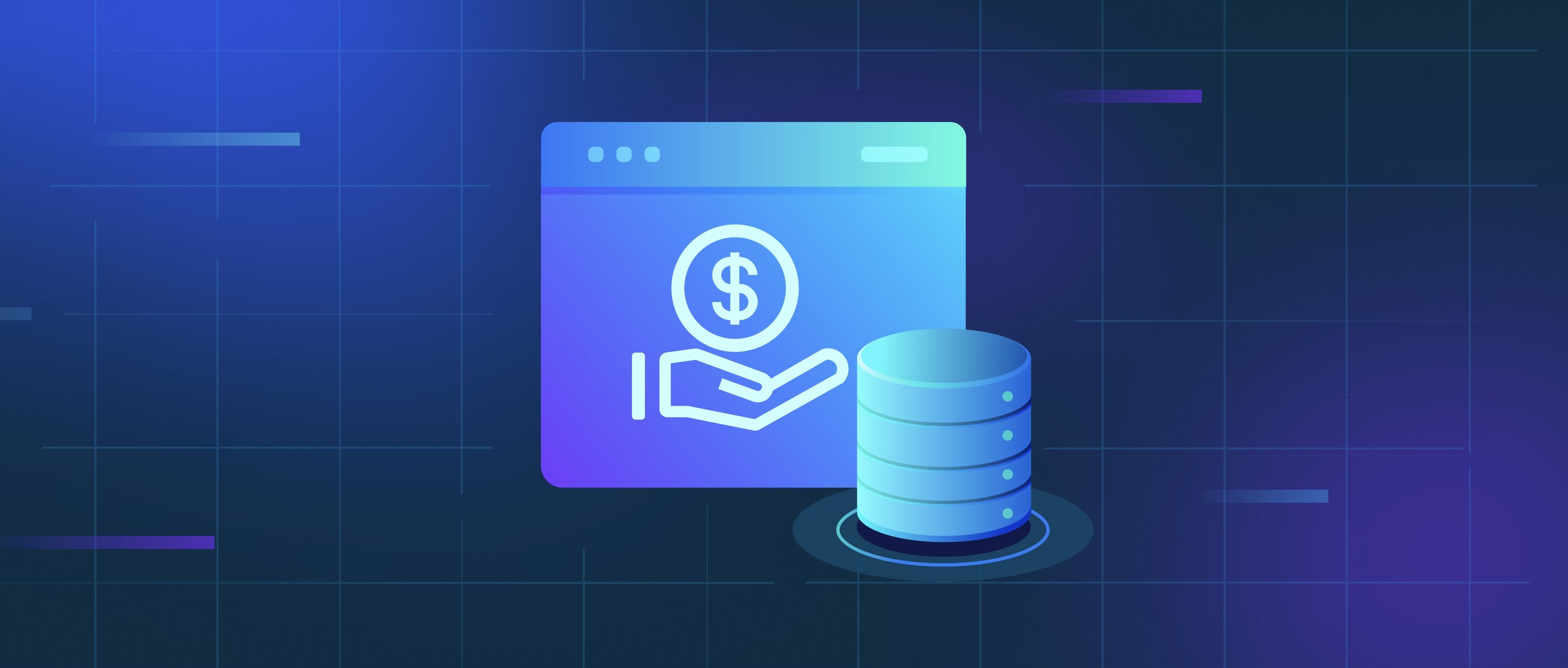ETL (Extract, Transform, Load) processes are widely used in enterprise environments to manage data workflows efficiently. Below are three common use cases, explained with practical examples and their relevance to technical teams.
1. Data Warehousing and Business Intelligence ETL is foundational for building and maintaining data warehouses, which centralize data from disparate sources (e.g., transactional databases, SaaS applications, logs) for analysis. For example, a retail company might extract sales data from POS systems, marketing metrics from Google Analytics, and inventory records from an ERP. During transformation, this data is cleaned, standardized, and structured into star/snowflake schemas. Loading it into a warehouse (e.g., Snowflake, Redshift) enables unified reporting via BI tools like Tableau. This process ensures consistency, eliminates silos, and supports data-driven decisions—critical for enterprises scaling analytics across departments.
2. Legacy System Modernization and Cloud Migration Enterprises often use ETL to migrate data from outdated systems to modern platforms or cloud environments. For instance, a bank transitioning from an on-premises CRM to a cloud-based solution like Salesforce would extract customer data, transform it to match the target schema (e.g., adjusting date formats), and load it into the new system. ETL tools like AWS Glue or Informatica automate this process, reducing manual errors and downtime. This use case is vital for reducing technical debt, improving scalability, and enabling integration with newer technologies like AI/ML services.
3. Regulatory Compliance and Data Governance ETL helps enterprises adhere to regulations (e.g., GDPR, HIPAA) by enforcing data quality and security. For example, a healthcare provider might use ETL to anonymize patient records (e.g., masking names, encrypting IDs) before loading them into a reporting database. Transformation rules can also enforce consistency (e.g., standardizing country codes) or redact sensitive fields. This ensures audit trails, minimizes compliance risks, and maintains trust—key priorities for industries like finance or healthcare. Tools like Talend or custom Python scripts often handle these transformations, giving developers control over data pipelines.
